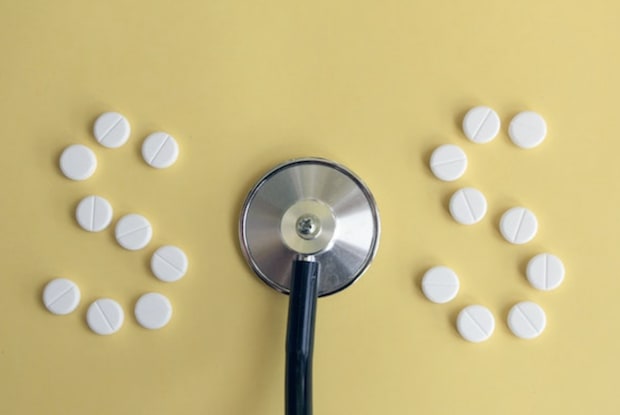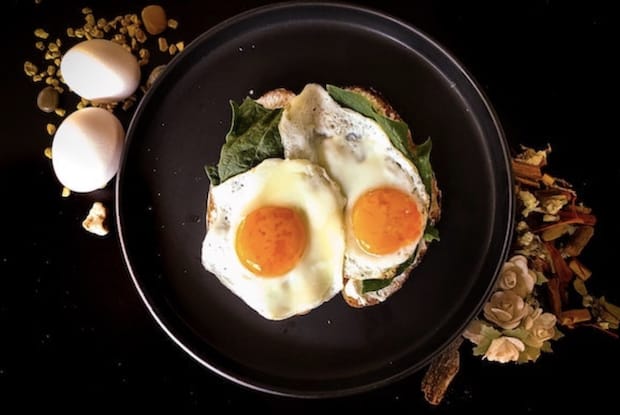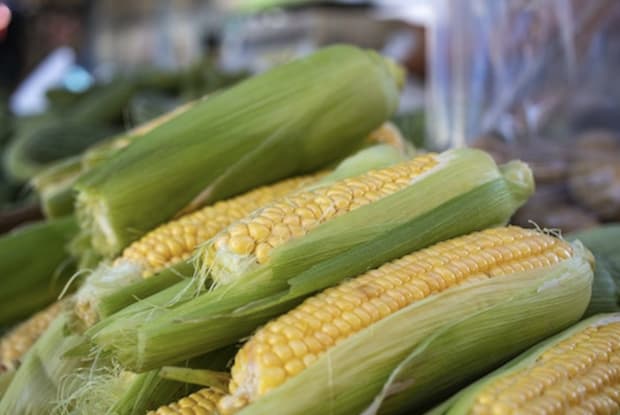Table of Contents
III. Gosha-Jinki-Gan & Lingzhi Mushroom
Common Bladder Problems
The urinary tract is an intricate system involving the kidneys, bladder, ureters, and urethra. These organs help rid the body of waste products through the production of urine. Bladder problems can occur in anyone, but older men and women are at a higher risk of bladder problems. The prostate grows as men age and this can cause pressure on the tubes that connect the bladder to the penis. This condition is known as benign prostatic hyperplasia. In women, childbirth and menopause can weaken the pelvic floor muscles and cause incontinence and overactive bladder.
All of these problems can significantly affect a person’s everyday habits and lifestyle. Common symptoms of bladder issues can include:
- Bladder leakage
- Cloudy urine
- Persistent urge to urinate
- Pressure or pain in the lower abdomen
- Blood in the urine
- Urinating more than eight times a day
- Pain or burning during urination [1]
You may be prescribed Toviaz (fesoterodine fumarate), Myrbetriq (mirabegron), or Vesicare (solifenacin) for overactive bladder. These drugs help reduce muscle spasms and relax the bladder, allowing control of urination. Avodart (dutasteride) helps men with BPH by improving urinary flow, which reduces the need for surgery later on. If bladder problems are not dealt with properly, you may develop interstitial cystitis, which is a painful condition and may require Elmiron (pentosan polysulfate sodium). This drug can reduce bladder pain by restoring the damaged bladder wall. Medications are beneficial to common bladder problems, but you may want to implement some home remedies to aid your recovery. You can implement many activities and lifestyle changes to improve your bladder habits and reduce unpleasant symptoms. Many foods can irritate the bladder and lead to painful symptoms. If you are at risk for bladder problems, you may want to avoid acidic fruits or vegetables. You don’t have to eliminate all acidic foods from your diet, but you may want to eliminate one at a time to see if you notice a difference in your bladder habits. Eating fibrous foods is also important and can prevent constipation. Constipation can put unneeded pressure on the bladder. You should implement the following fruits and vegetables into a bladder-healthy meal plan: It would help if you also tried to eat plenty of protein and fiber, including: Gosha-jinki-gan (GJG) is a common Chinese herbal blend used to improve symptoms of an enlarged prostate and frequent urination. GJG is typically taken in pill form, and your doctor will tell you a dosage that is safe for you. It has been found to inhibit the bladder and lessen the number of times you have to run to the bathroom during the day. One study found that people who took 7.5 milligrams of GJG a day found their prostate symptom score was lower than before the trial. The lingzhi mushroom, also known as Ganoderma lucidum (GL), is also a natural remedy for urinary problems. This mushroom is found in East Asia and can be used for several conditions, including hepatitis, hypertension, and cancers. One study found that six milligrams of an extracted version of the mushroom can lower urinary tract symptoms. In the same study, 50 men reported an improved prostate symptom score. [3] Saw palmetto is another herbal remedy that may improve symptoms of benign prostatic hyperplasia. The efficacy of saw palmetto is debated among researchers, but some studies have improved BPH symptoms. One study in the Journal of the American Medical Association found that 320 milligrams of saw palmetto may reduce nighttime urination (nocturia). This herbal remedy can be implemented to treat several conditions, including: Corn silk is another natural substance that may improve bladder problems. The shiny fibers at the top of an ear of corn are known as corn silk and can be used as medicine. The silk contains proteins, carbohydrates, vitamins, and fiber. The substances within corn silk may have diuretic-like properties and can alter blood sugar levels, reducing inflammation. Corn silk can improve bladder infections, prostate inflammation, kidney stones, and bedwetting. You should avoid this remedy if you take blood thinners that may interact with the vitamin K in corn silk. [5] Kegel exercises can significantly benefit the strength of the bladder. Many people may associate Kegels with women, but anyone can perform them. They can improve the strength of the uterine, bladder, and bowel muscles. Kegels can help improve urine leakage and bowel control. You may need to use Kegels: The good thing about Kegels is that they can be performed anywhere, at any time. It can be difficult to identify the proper muscles needed for Kegels, so you may need to seek your doctor's guidance to make sure you are targeting the right muscles. Kegels feel like pretending to urinate and holding it. You then relax and tighten those muscles to control urine flow. [6] Bladder training is a form of behavioral therapy that can significantly improve overactive bladder symptoms. Your doctor may help you make a bladder training schedule to improve your urinary incontinence. This therapy involves making a fixed urination schedule. This means you follow that schedule whether or not you feel the need to urinate. If you feel like you need to urinate before your scheduled time, you can implement relaxation or Kegel exercises to suppress the urge. Once you successfully get through your initial goal, you can increase the time between emptying your bladder by 15-minute intervals. It may take up to 12 weeks to notice a difference, and it is okay to suffer setbacks. Keep practicing, and you will reach your ultimate goal of a stronger bladder. Talk to your doctor to see if bladder training is a good option for you. [7] The content in this article is intended for informational purposes only. This website does not provide medical advice. In all circumstances, you should always seek the advice of your physician and/or other qualified health professionals(s) for drug, medical condition, or treatment advice. The content provided on this website is not a substitute for professional medical advice, diagnosis, or treatment.
Eat These Foods

Gosha-Jinki-Gan & Lingzhi Mushroom
Saw Palmetto & Corn Silk

Kegel Exercises
Bladder Training
